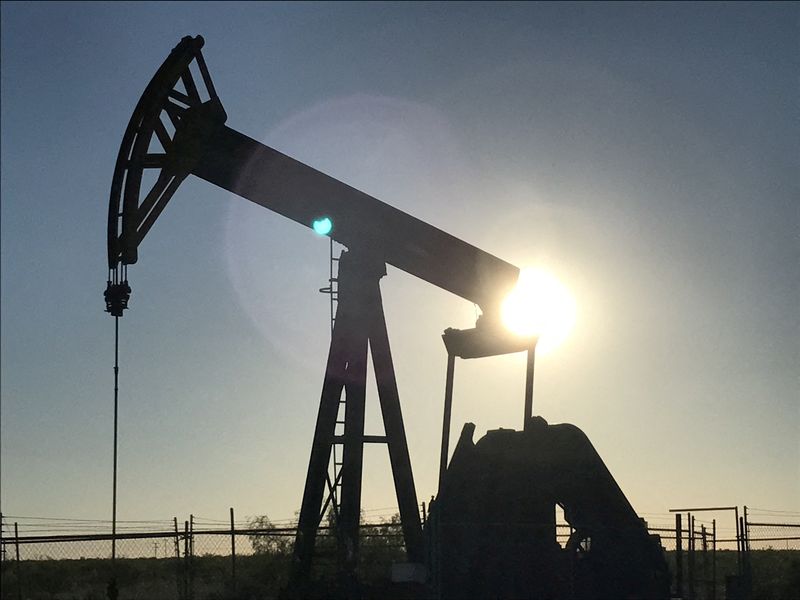By Valerie Volcovici and Nichola Groom
WASHINGTON (Reuters) -Around 30 oil and gas facilities across the Permian Basin in Texas and New Mexico spewed large amounts of methane for three years, emitting the equivalent annual climate pollution from half a million cars, according to a report released on Monday.
The facilities, which include well pads, pipelines, compressor stations and processing facilities, were observed as "persistently" emitting large volumes of methane over the three years of aerial surveys done by the Environmental Defense Fund and research group Carbon Mapper.
Carbon Mapper is a non-profit organization backed by philanthropists including Michael Bloomberg that uses technology to see and measure emissions at the scale of individual facilities. The effort, an outgrowth of surveys NASA completed in California using methane-tracking planes, is meant to help polluting industries find and plug leaks.
The so-called "super-emitters," located in the most productive U.S. oil field, only account for .001% of the Permian Basin's oil and gas infrastructure but emit around 100,000 tonnes of methane per year.
Repairing those leaks offers companies an immediate opportunity to help achieve U.S. and international methane reduction targets and save around $26 million in escaped natural gas, the report said.
"The magnitude of emissions coming from a handful of methane sources in one of the top oil and gas producing regions illustrates the opportunity to make significant near-term progress toward the stated methane reduction goals of the U.S., other countries and companies around the world," said Riley Duren, CEO of Carbon Mapper and a researcher at University of Arizona.
The report shows these large emission sources cut across a diverse range of infrastructure and oil and gas operators in the Permian Basin.
EDF (PA:EDF) and Carbon Mapper did not disclose the corporate owners of the biggest emitting sources, but provided Reuters with the facilities' coordinates. According to a Reuters review of those locations, plumes identified by the study appeared to be linked to facilities owned by Occidental Petroleum Corp (NYSE:OXY), ConocoPhillips (NYSE:COP), Energy Transfer (NYSE:ET) Partners LP, Callon (NYSE:CPE) Petroleum Co. and Coterra Energy.
None of the companies immediately responded to requests for comment. The American Exploration & Production Council, an industry trade group, also had no immediate comment on the survey.
Methane is the second-biggest cause of climate change after carbon dioxide. Its high heat-trapping potential and relatively short lifespan in the atmosphere means cutting its emissions can have an outsized impact on the trajectory of the world's climate.
The U.S. Environmental Protection Agency last year proposed the first federal regulation targeting methane emissions from existing oil and gas facilities. It is taking public comment until the end of January and will introduce a supplemental proposal this spring outlining measures for routine flaring and smaller-sized wells.

The United States also signed a voluntary global methane pledge https://www.reuters.com/world/middle-east/more-than-100-countries-join-pact-slash-planet-warming-methane-emissions-2021-11-02 with around 100 countries, agreeing to slash methane by 30% below 2020 levels in eight years.
New Mexico https://www.reuters.com/article/us-usa-new-mexico-methane/new-mexico-proposes-crackdown-on-oil-and-gas-industrys-methane-emissions-idUSKCN24M30J, home to part of the Permian Basin, is finalizing its own rules in March that require companies to regularly monitor processing and production facilities.